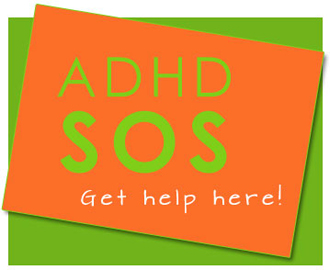 Kids need guidance and discipline as they grow into responsible, caring adults. Parenting young teens is not for the faint of heart. It’s hard work. As young teens become more independent your parenting style may change. They need to be given more choices and taught critical thinking skills.
Kids need guidance and discipline as they grow into responsible, caring adults. Parenting young teens is not for the faint of heart. It’s hard work. As young teens become more independent your parenting style may change. They need to be given more choices and taught critical thinking skills.
Natural consequences help kids experience the outcome of their actions and learn to be responsible. It helps them discover the benefits of order and rules. As a parent you don’t have to threaten, argue or give in. Instead let them be responsible for what happens.
For example, a natural consequence to not completing their homework or project is having them face their teacher and explain what happened. If, however, you rescue them and help them do it then, they will not learn the lesson and most likely commit the same mistake again.
Logical consequences also work. A logical consequence takes the place of punishment and is practical, enforceable and related to a teen’s behavior. The consequences should be explained ahead of time in a calm, clear and respectful manner. It is important that you inform the child of the reasons for the expected behavior and wanted outcomes.
An example is a teen who arrives home past curfew must have an earlier curfew for a few nights or may lose the use of the car.
Keep in mind that timing is key to the use of natural and logical consequences. Do not try to explain the consequences when you or your teen is angry or upset. It is best to discuss consequences prior to them happening.
As young teens become more independent, they should be given more choices. Keep in mind, kids will make mistakes. It’s ok- that’s how they will learn. The important thing is to make sure they stay safe and to be consistent in your parental guidance and discipline.
Remember the three R’s: related, reasonable, and respectful. The consequence should relate to the behavior, be fair, and show respect for the young teen’s feelings and the right to choose how to behave.

 How about starting 2014 with a new intention instead of a resolution? If we set an intention rather than a resolution, we open ourselves up to a variety of possible outcomes, some of which might be more useful than what we imagined. An intention is not as goal directed as a resolution, so there is less chance of getting stuck or fixated on a particular outcome.
How about starting 2014 with a new intention instead of a resolution? If we set an intention rather than a resolution, we open ourselves up to a variety of possible outcomes, some of which might be more useful than what we imagined. An intention is not as goal directed as a resolution, so there is less chance of getting stuck or fixated on a particular outcome. Helping your child manage anger is often one of the hardest—and best—things we can do as parents. The first thing to recognize is that anger is a clear symptom of the presence of deeper emotions such as frustration, disappointment, fear, and pain. If we as parents acknowledge and name these underlying feelings for our children, their anger should start to dissipate.
Helping your child manage anger is often one of the hardest—and best—things we can do as parents. The first thing to recognize is that anger is a clear symptom of the presence of deeper emotions such as frustration, disappointment, fear, and pain. If we as parents acknowledge and name these underlying feelings for our children, their anger should start to dissipate. It used to be that after graduating from college, young adults would set out to create a nest of their own. Today, however, some 30% of young adults move back in with their parents—a higher proportion than any time since the 1950s.
It used to be that after graduating from college, young adults would set out to create a nest of their own. Today, however, some 30% of young adults move back in with their parents—a higher proportion than any time since the 1950s. ADHD affects more than just kids’ waking hours. And in turn, sleep deprivation can make kids’ attention problems worse.
ADHD affects more than just kids’ waking hours. And in turn, sleep deprivation can make kids’ attention problems worse.



